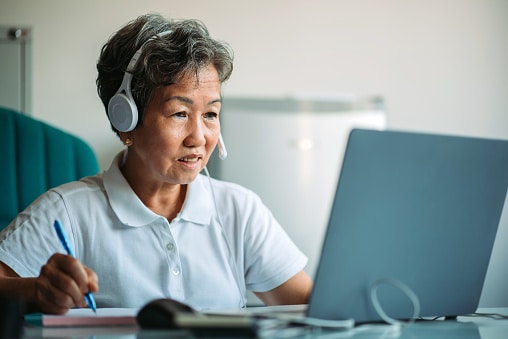In brick-and-mortar retail, accessible layouts and experiences are a necessity. If shoppers can’t browse comfortably, it’s unlikely they will make a purchase or form a positive impression. Online shopping is no different. However, awareness of accessible ecommerce design tends to lag behind in-store measures. This blog will help you to become more familiar with features of online accessibility. Finding out what it means, why it matters, and how to make your ecommerce site more inclusive will help improve user experience.
What is Ecommerce Accessibility and Why Does it Matter?
Providing an accessible shopper experience means people of all ages, abilities, and backgrounds can easily navigate a site and complete their purchases without difficulty.
One in four adults in the US has a disability. Mobility issues, cognitive difficulties, and visual and hearing impairments are the most common conditions. With such a high percentage of the general population living with a disability, it is safe to assume that a similar – or even higher – proportion of consumers are also affected.
Of course, those with a disability aren’t the only visitors who benefit from inclusive shopping experiences. Older customers and shoppers with slow or unreliable internet connections can also come across difficulties when navigating websites.
Ultimately, accessible ecommerce benefits everyone. And, as an added bonus, search engines show a preference for accessible websites. Making your website more accessible will improve SEO. Ready to get started?
How to Make Your Ecommerce Site More Accessible
Cater for Screen Readers
Shoppers with visual impairments rely on screen readers to consume website content via speech synthesizer or braille display. For content to be compatible with screen readers, structure source code in a linear, logical way. Descriptive image alt text is a must-have, as this is vocalized by screen readers as an explanation of image content. If using merchandising banners to highlight a sale or discount code, make sure to also include these details in the alt text. Hyperlinks are another critical consideration. Use descriptive language that reflects the content of the linked page. Avoid generic “click here” or “read more” links.

Focus on Clarity and Contrast
Ensure all copy is in clear contrast against the website background. Support text size adjustment to enlarge copy if needed. Color choices are an important aspect to consider. An estimated 12 million Americans are colorblind. Colorblindness makes certain shades difficult to distinguish. This is particularly important when using red outlines to highlight incorrect or incomplete fields in forms, for example. Add text, such as “this field is required,” so users can identify these fields.

Expand Clickable Areas
Shoppers with limited dexterity struggle to make selections using small buttons, checkboxes, drop downs, or form fields – especially when positioned closely together. Web accessibility guidelines recommend a 44×44 px clickable area for all touch controls. Keyboard navigation is an important feature for customers who don’t use a mouse. Make sure your site facilitates the use of keystrokes to interact with all content and functionality on web pages.

Provide Captions and Audio Descriptions for Video Content
Standard video audio isn’t always sufficient to fully convey visual content. Extended audio descriptions provide additional context by describing movements within video. For example, in a video where a person compares different products, an audio description highlights when different items are picked up or put down. Always add in captions for those with hearing difficulties.

Create Accessible, Inclusive Shopper Experiences
Online retailers have a responsibility to deliver an accessible shopping experience for all customers. It’s tempting to use creative fonts, colors, and layouts to craft a striking visual experience when designing a website. However, unless accessibility is prioritized, it can result in frustration and lost conversions. Keep accessibility at the forefront to improve SEO and the overall shopper experience.
Looking for more opportunities to enhance the shopper experience? Include these steps as part of a complete ecommerce site audit.




